One of these days I am going to ask a company like Cole-Tac to make me a suppressor cover for one of my rimfire silencers – for the mere fact that it just might look tacticool in pictures. If we are talking about rapid fire or precision rifle cans, however, a heat shield or a mirage cover is a practical necessity. Polymer giant Magpul as obviously noticed the market for quality heat resistant wraps and has recently applied for a patent for a suppressor heat shield and assembly.
Reviewing the overly descriptive abstract and narrative contained in the filing, Magpul has designed a type of standoff system with two layers of shielding that will allow airflow around the surface of the silencer. Conceivably this will allow for less mirage effect and protect the operator from burns during movement or when tightening or loosening the silencer.
The design also looks to be adjustable depending on the length and diameter of the suppressor. I’m looking forward to seeing where this one ends up as a final product.
Magpul Suppressor Heat Shield Patent:
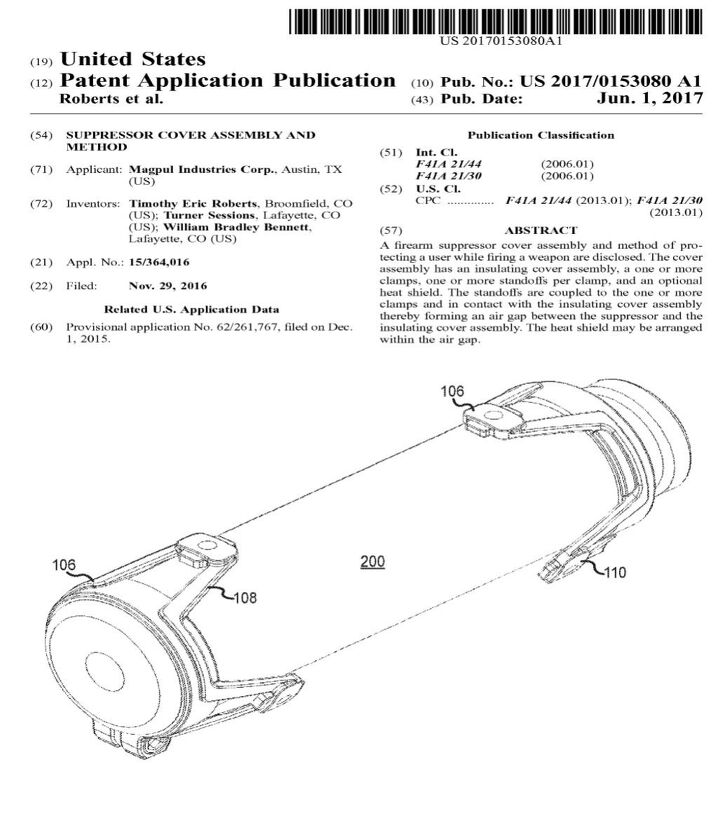
SUPPRESSOR COVER ASSEMBLY AND METHOD
A firearm suppressor cover assembly and method of protecting a user while firing a weapon are disclosed. The cover assembly has an insulating cover assembly, a one or more clamps, one or more standoffs per clamp, and an optional heat shield. The standoffs are coupled to the one or more clamps and in contact with the insulating cover assembly thereby forming an air gap between the suppressor and the insulating cover assembly. The heat shield may be arranged within the air gap.
An operator of a firearm such as a pistol or rifle may attach a suppressor to a barrel of the firearm (or the suppressor may be a part of the barrel) so as to reduce the amount of concussive blast, noise, and visible muzzle flash generated by firing. Suppressors primarily reduce these effects by slowing and/or cooling the escaping propellant gas. When fired rapidly, suppressors can become very hot, thereby posing a safety risk and/or adversely affecting the accuracy and/or reliability of the weapon.
For example, although an operator is not typically expected to touch a suppressor during use, accidental contact between the user or other objects and a hot suppressor may cause injury or damage. For automatic and semiautomatic weapons (such as on carbines, infantry rifles and machine guns) an overheated suppressor may be a detrimental safety hazard during transitions to a secondary weapon, such as a pistol, or may pose a risk to nearby personnel or equipment, due to a risk of accidental contact. In the field, for example, an operator may drop a rifle having a suppressor to let it hang by a sling, and begin using a pistol, inadvertently allowing the rifle to contact his or her clothing or person. These safety hazards have become more acute since there has been a rise in suppressor usage to mitigate blast effects in urban combat which, by its nature, brings operators into close proximity with each other.
An overheated suppressor also affects the accuracy of sighting due to distortions in the air above the suppressor. Specifically, a mirage effect (refraction) is created by the heat of the suppressor during use, which can cause distortion in sighting, particularly when using telescopic sights. The mirage effect may be most acute in precision applications and/or long distance shooting, where even minute changes can have a significant impact on shot placement.
Moreover, operators who need to tighten a suppressor that has loosened under fire or to remove a suppressor that is damaged or no longer needed must provide a heat resistant barrier to even touch the device.
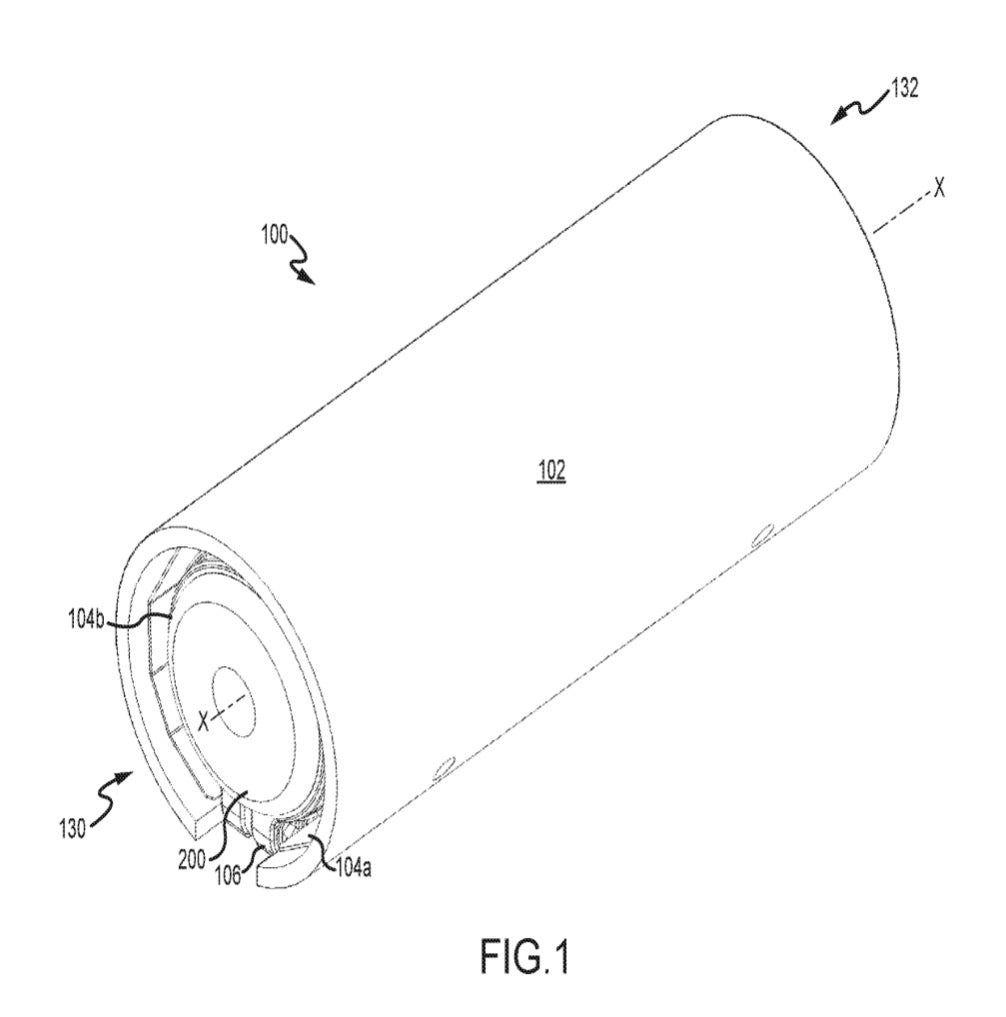
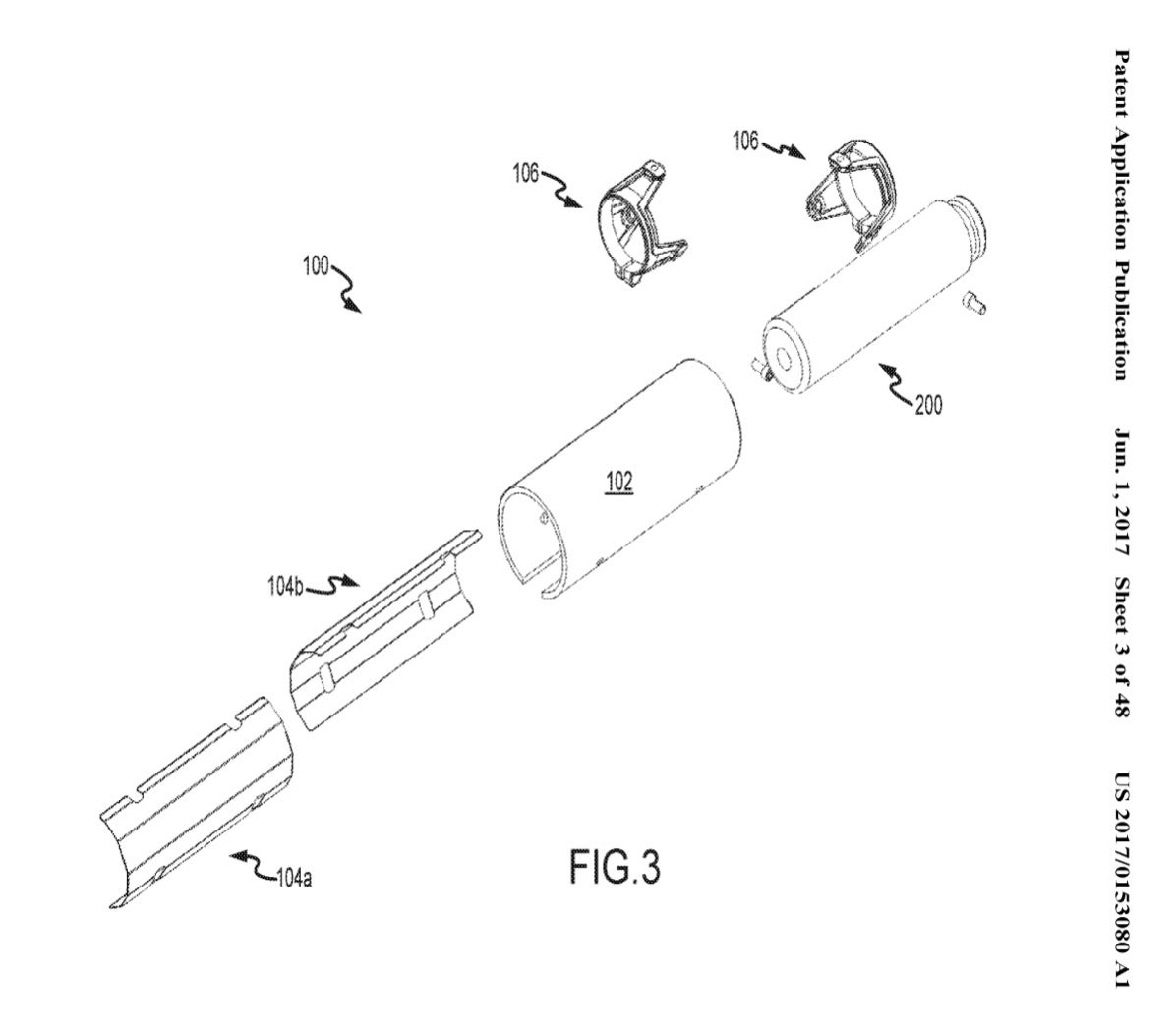
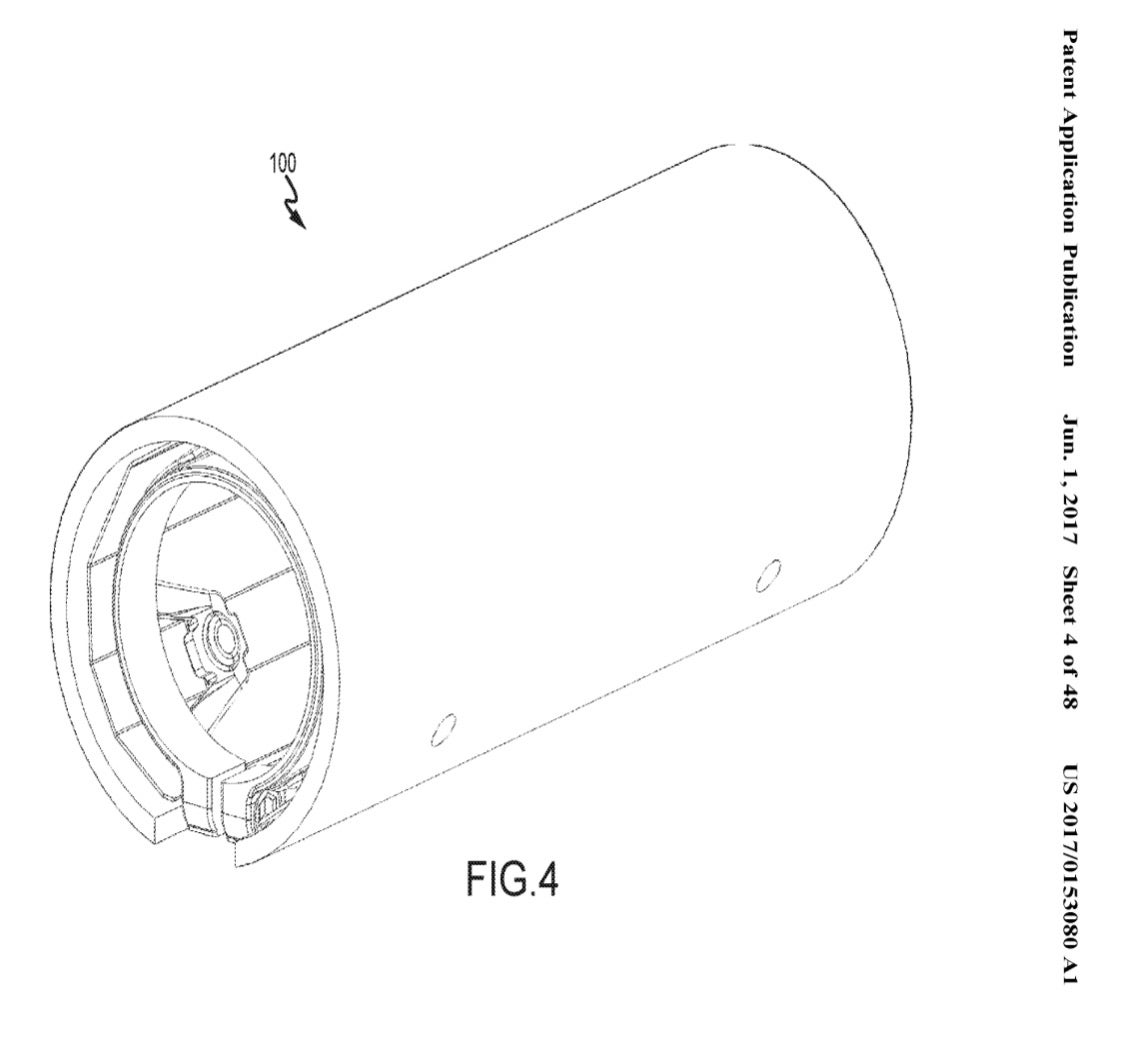

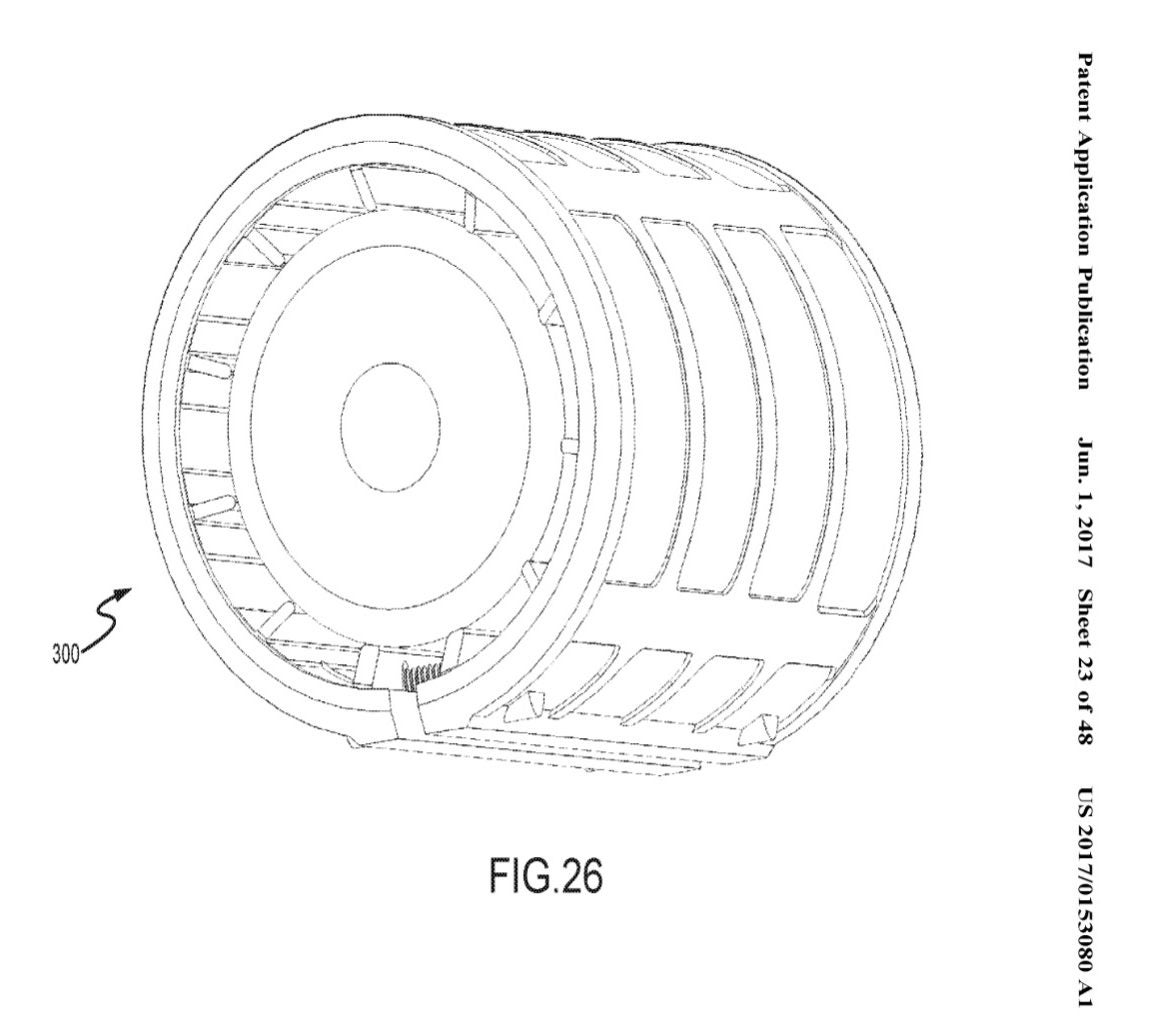
 Your Privacy Choices
Your Privacy Choices
